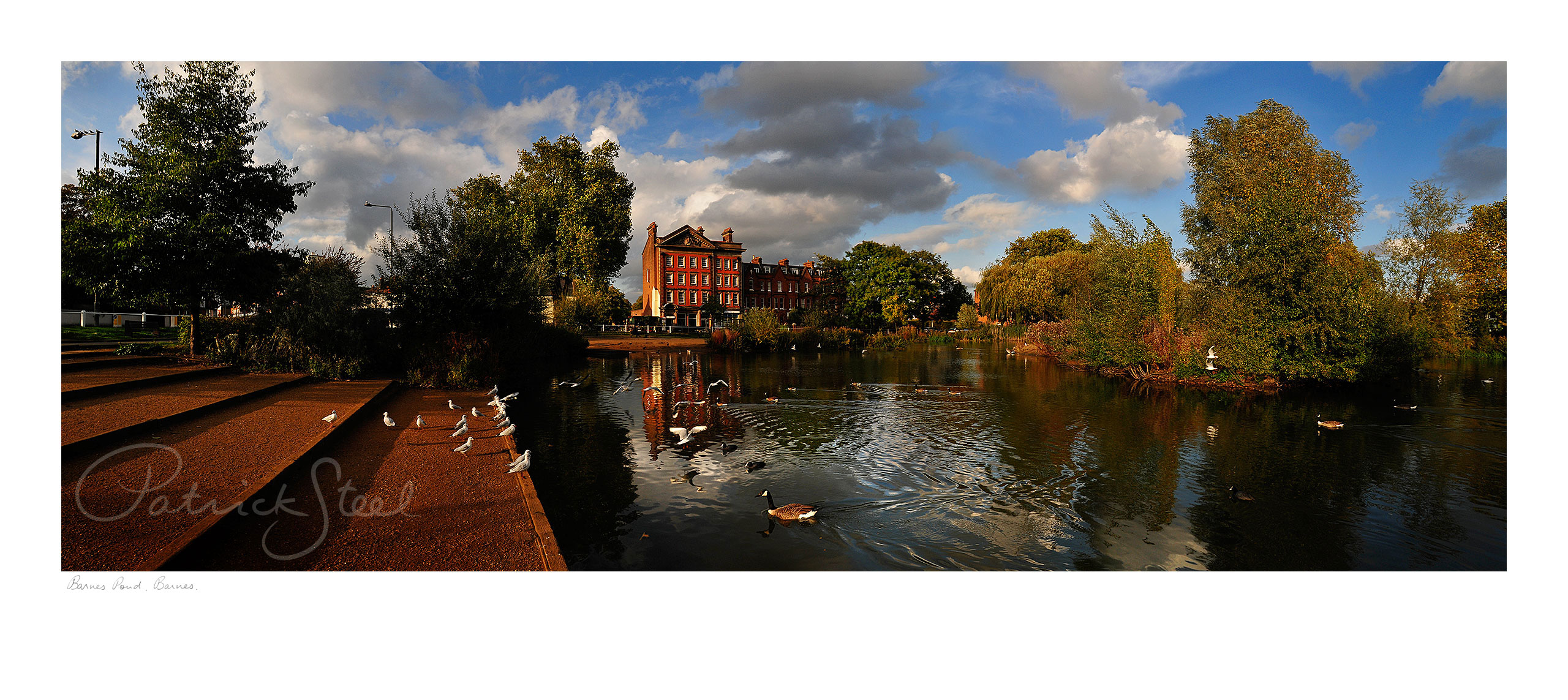Description
A Landscape photograph of The Palace of Westminster in London taken by Photographer Patrick Steel
The listed prices include: Dry mounting onto acid free board, window mounting, titled and signed in pencil and wrapped in a protective sleeve of polypropylene acetate film, ready for framing
Limited edition of only: 50
Sizes: Nine to choose from, please select from the drop-down menu above
Print type: Fine Art Giclée / Kodak Pro Lustre 270gsm Endura Paper
Watermarks: Patrick Steel’s watermark will not be present on a purchased print
Copyright: © Patrick Steel
✓ Limited edition photograph
✓ Direct from the Artist
✓ Hand signed by Patrick Steel
✓ Free worldwide delivery
✓ Tracked & signed for delivery
✓ Paypal protection
✓ Secure SSL payment protection
✓ Excellent customer care and service
The Palace: The Palace of Westminster is the meeting place of the House of Commons and the House of Lords, the two houses of the Parliament of the United Kingdom. Commonly known as the Houses of Parliament after its occupants, the Palace lies on the north bank of the River Thames in the City of Westminster, in central London
Its name, which is derived from the neighbouring Westminster Abbey, may refer to either of two structures: the Old Palace, a medieval building complex destroyed by fire in 1834, and its replacement, the New Palace that stands today. The palace is owned by the monarch in right of the Crown and for ceremonial purposes, retains its original status as a royal residence. The building is managed by committees appointed by both houses, which report to the Speaker of the House of Commons and the Lord Speaker
The first royal palace was built on the site in the 11th century, and Westminster was the primary residence of the Kings of England until fire destroyed much of the complex in 1512. After that, it served as the home of the Parliament of England, which had been meeting there since the 13th century, and also as the seat of the Royal Courts of Justice, based in and around Westminster Hall. In 1834, an even greater fire ravaged the heavily rebuilt Houses of Parliament, and the only significant medieval structures to survive were Westminster Hall, the Cloisters of St Stephen’s, the Chapel of St Mary Undercroft, and the Jewel Tower
The subsequent competition for the reconstruction of the Palace was won by the architect Charles Barry, whose design was for new buildings in the Gothic Revival style, specifically inspired by the English Perpendicular Gothic style of the 14th–16th centuries. The remains of the Old Palace (except the detached Jewel Tower) were incorporated into its much larger replacement, which contains over 1,100 rooms organised symmetrically around two series of courtyards and has a floor area of 112,476 m2 (1,210,680 sq ft). Part of the New Palace’s area of 3.24 hectares (8 acres) was reclaimed from the Thames, which is the setting of its nearly 300-metre long (980 ft) façade, called the River Front. Barry was assisted by Augustus Pugin, a leading authority on Gothic architecture and style, who designed the interior of the Palace. Construction started in 1840 and lasted for 30 years, suffering great delays and cost overruns, as well as the death of both leading architects; works for the interior decoration continued intermittently well into the 20th century. Major conservation work has been carried out since then to reverse the effects of London’s air pollution, and extensive repairs took place after the Second World War, including the reconstruction of the Commons Chamber following its bombing in 1941
The Palace is one of the centres of political life in the United Kingdom; “Westminster” has become a metonym for the UK Parliament, and the Westminster system of government has taken its name after it. The Elizabeth Tower, in particular, which is often referred to by the name of its main bell, Big Ben, is an iconic landmark of London and the United Kingdom in general, one of the most popular tourist attractions in the city, and an emblem of parliamentary democracy. The Palace of Westminster has been a Grade I listed building since 1970 and part of a UNESCO World Heritage Site since 1987
The Bridge: Westminster Bridge is a road-and-foot-traffic bridge over the River Thames in London, linking Westminster on the west side and Lambeth on the east side.
The bridge is painted predominantly green, the same colour as the leather seats in the House of Commons which is on the side of the Palace of Westminster nearest to the bridge. This is in contrast to Lambeth Bridge, which is red, the same colour as the seats in the House of Lords and is on the opposite side of the Houses of Parliament
In 2005–2007, it underwent a complete refurbishment, including replacing the iron fascias and repainting the whole bridge. It links the Palace of Westminster on the west side of the river with County Hall and the London Eye on the east and was the finishing point during the early years of the London Marathon
The next bridge downstream is the Hungerford footbridge and upstream is Lambeth Bridge. Westminster Bridge was designated a Grade II listed structure in 1981




